Tsilhqot in first nation granted b c title claim in supreme court ruling
The Tsilhqot'in (/tʃɪlˈkoʊtᵻn/ chil-KOH-tin; also spelled Chilcotin, Tsilhqut'in, Tŝinlhqot’in, Chilkhodin, Tsilkótin, Tsilkotin) are a First Nation band government of the Athabaskan-speaking ethnolinguistic group that live in British Columbia, Canada. They are the most southern of the Athabaskan-speaking aboriginal peoples in British Columbia.
Contents
- Tsilhqot in first nation granted b c title claim in supreme court ruling
- Aboriginal title and provincial regulation the impact of tsilhqot in nation v bc
- Pre Contact
- European trade
- Disease
- Gold rush and European settlement
- The reserves
- Environmental problems
- Canadian government set to reallocate land back to natives
- Catholic missionaries and the residential schools
- Disenfranchisement
- Communities
- References
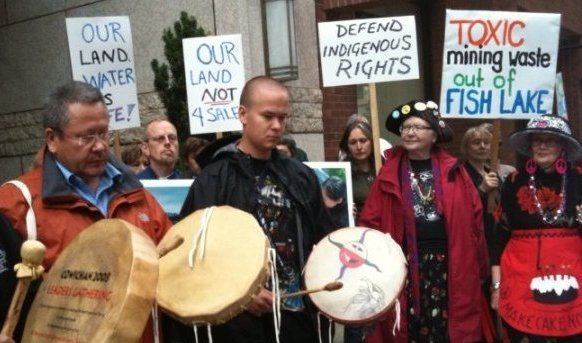
Aboriginal title and provincial regulation the impact of tsilhqot in nation v bc
Pre Contact
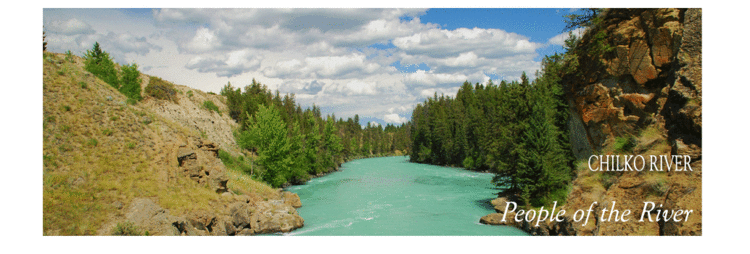
The Tsilhqot'in (formerly known as Chilcotin) were part of an extensive trade network, trading salmon from the coast of BC to Cree people territories to the East. Fish oil was also a commodity of interest.
European trade

The Tsilhqot’in first encountered European trading goods in the 1780s and 1790s when British and American ships arrived along the northwest coast seeking sea otter pelts. By 1808, a fur-trading company out of Montreal called the North West Company had established posts in the Carrier (Dene) territory just north of the Tsilhqot’in. They began trading directly and through Carrier intermediaries.
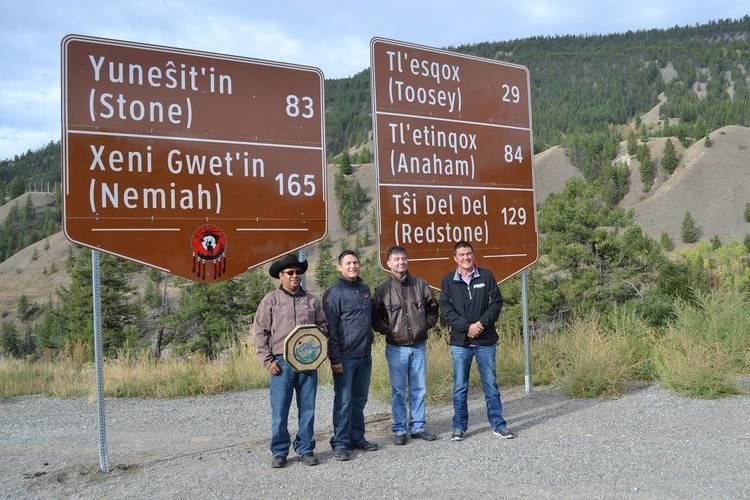
In 1821 what was then the Hudson’s Bay Company established a fur trade post at Fort Alexandria on the Fraser River, at the eastern limit of Tsilhqot’in territory. This became the tribal people's major source for European goods.
Disease
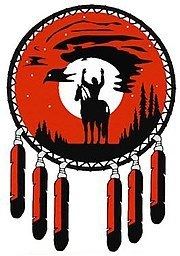
Contact with Europeans and First Nations intermediaries led to the introduction of Eurasian diseases, which were endemic among the Europeans. As they had long been exposed, some had developed acquired immunity, but the First Nations peoples were devastated by epidemics of these new diseases.
Infectious diseases with high fatalities for Tsilhqot'in populations:
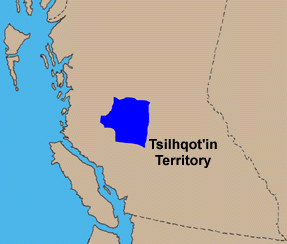
The isolated position of the Tsilhqot’in may have protected them from the first of the smallpox epidemics, which spread up from Mexico in the 1770s. They may have been spared the smallpox epidemic of 1800 and the measles of the 1840s. Furniss in The Burden of History states that "there is no direct evidence that these smallpox epidemics reached the central interior of British Columbia or the Secwepemc, Carrier, or Tsilhqot'in." However, in the epidemic of 1836-38, the disease spread to Ootsa Lake and killed an entire Carrier band. Oral history of the bands has continued to recount the effects of the many deaths in these epidemics.
Gold rush and European settlement
By the 1860s, miners panned along the Fraser, Quesnel, and Horesefly rivers and their tributaries. Various business operators and merchants followed the miners and business was booming. Farmers and ranchers developed land to provision the mining towns that developed around the merchants. This led to competition for resources between the Chilcotin and Europeans, leading to a stream of events known as the Chilcotin War.
The reserves
Governor James Douglas supported a system of reserves and indoctrination to "civilized" practices such as subsistence agriculture up until his retirement in 1864. Joseph Trutch, the chief commissioner of lands and works, abandoned the reserve policy, and set Indian policy as their having no rights to the land. By 1866, BC colonial rule required natives to request permission from the Governor to use lands. Newspapers supported the preempting of native lands, seeing settlers ploughing native burial grounds. Natives who requested redress from a Justice of the Peace were refused leave.
Environmental problems
In the 1870s, the loss of hunting territories, and crashes of the Salmon runs placed more dependence on agricultural produce such as grains, hay, and vegetables. Activities migrated to cutting hay, constructing irrigation ditches, and practicing animal husbandry. Settlers however assumed water rights, making agriculture ever more fragile. Natives were huddled in on small acreages, such as with Canoe Creek, 20 acres for 150 natives. Starvation became a threat.
Canadian government set to reallocate land back to natives
In contrast to the 160 to 640 acres per family set aside in other treaties at the time in the Prairies, the Federal Government opted for 80 acres per native family to be set aside in reserve, while the provincial government was keen on 10 acres per family.
Catholic missionaries and the residential schools
Catholic Missionaries were sent to convert First Nations children to Christianity in a subversive attempt to stamp out Aborigeneity through assimilation. By 1891, the first group of students were sent to receive a so-called "formal" education. The program continued for the next six decades until a point when Native children were allowed into the public school system. Ninety years after the start of the Residential School program, the mission school closed circa 1981. Throughout that period, Indian agents were empowered to remove children from homes to attend St. Joseph's Mission school in 150 Mile House. This led some to attempt to hide their children by sneaking out to hunting grounds or fields. Children fled the schools, and within the first 30 years, three investigations on the physical abuse and malnutrition were conducted; however, the Natives were said to be "wild", deserving the treatment.
Disenfranchisement
Voting rights in Canadian Federal Elections were denied until 1960, and in Provincial Elections until 1949.
Communities
There are two other notable Non-Reserve communities in the region: Alexis Creek and Anahim Lake.
Despite its small population and isolation, the region has produced an impressive collection of literature mixing naturalism with native and settler cultures.
The area is accessed by Highway 20, which runs from the City of Williams Lake to the port town of Bella Coola. Highway 20 westbound from Williams Lake crosses the Fraser River at Sheep Creek - thereby entering Tsilhqot'in Traditional Territory. The Highway passes over the Chilcotin Plateau, characterized by undulating grasslands, expansive Lodgepole Pine & Douglas Fir forests, a scattering of lakes, rivers, creeks & ponds, volcanic & glaciated landforms, and a magnificent backdrop of snow-covered peaks.
